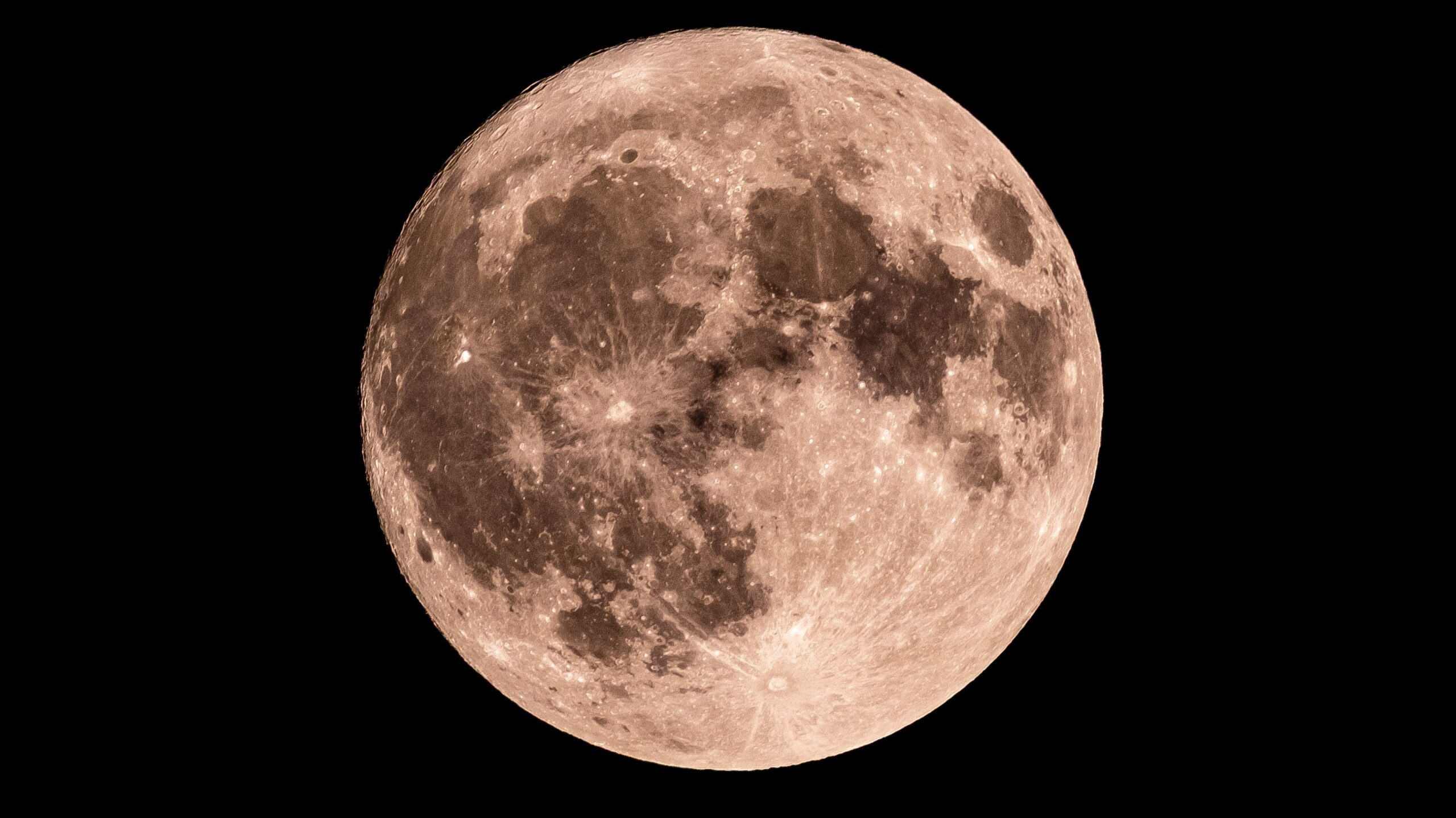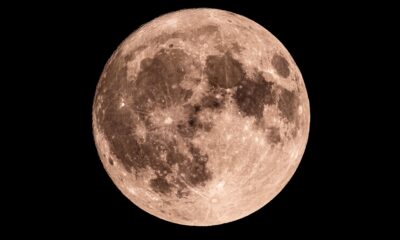Science
Moon Phase Update: Waning Crescent Illuminates Night Sky on October 17

The lunar phase on October 17, 2023, marks a significant point in the lunar cycle as the moon transitions into its New Moon phase. Currently, the moon is in the Waning Crescent stage, with just 14% of its surface illuminated. As it moves between Earth and the Sun, visibility will continue to decrease, leading to a complete darkening of the moon in the coming nights.
Tonight, observers will have the opportunity to see the Aristarchus Plateau without any visual aids. Those equipped with binoculars can also spot the Grimaldi Basin, while a telescope offers views of the Reiner Gamma, a distinct lunar swirl on the moon’s surface.
Understanding the Lunar Cycle
The moon follows a continuous cycle lasting approximately 29.5 days as it orbits Earth. This cycle results in varying appearances of the moon, which is always rotating to show the same side to our planet. The changing positions of the Sun, Earth, and Moon dictate how much sunlight reaches the moon’s surface, altering its visual presentation.
The eight primary phases of the moon are:
– **New Moon**: The moon is positioned between Earth and the Sun, leaving the visible side dark.
– **Waxing Crescent**: A small illuminated section appears on the right side.
– **First Quarter**: Half of the moon is illuminated, appearing as a half-moon.
– **Waxing Gibbous**: More than half of the moon is lit, but it remains shy of being full.
– **Full Moon**: The entire face of the moon is illuminated and visible.
– **Waning Gibbous**: The moon begins to lose light from the right side.
– **Third Quarter (Last Quarter)**: Another half-moon, but now the left side is illuminated.
– **Waning Crescent**: A thin sliver of light remains on the left side before it goes dark again.
Upcoming Full Moon
Looking ahead, the next full moon will occur on November 5, 2023. As the lunar cycle progresses, enthusiasts and casual observers alike can anticipate the return of a fully illuminated moon.
The moon continues to be a source of fascination and study for scientists and stargazers around the world. Its phases not only captivate the imagination but also play a role in various cultural and natural phenomena, reminding us of the complex relationships within our solar system.
-

 Entertainment3 months ago
Entertainment3 months agoAnn Ming Reflects on ITV’s ‘I Fought the Law’ Drama
-

 Entertainment4 months ago
Entertainment4 months agoKate Garraway Sells £2 Million Home Amid Financial Struggles
-

 Health3 months ago
Health3 months agoKatie Price Faces New Health Concerns After Cancer Symptoms Resurface
-

 Entertainment3 months ago
Entertainment3 months agoCoronation Street’s Carl Webster Faces Trouble with New Affairs
-

 Entertainment3 months ago
Entertainment3 months agoWhere is Tinder Swindler Simon Leviev? Latest Updates Revealed
-

 Entertainment4 months ago
Entertainment4 months agoMarkiplier Addresses AI Controversy During Livestream Response
-

 Science1 month ago
Science1 month agoBrian Cox Addresses Claims of Alien Probe in 3I/ATLAS Discovery
-

 World2 weeks ago
World2 weeks agoBailey Announces Heartbreaking Split from Rebecca After Reunion
-

 Health4 months ago
Health4 months agoCarol Vorderman Reflects on Health Scare and Family Support
-

 Entertainment4 months ago
Entertainment4 months agoKim Cattrall Posts Cryptic Message After HBO’s Sequel Cancellation
-

 Entertainment3 months ago
Entertainment3 months agoOlivia Attwood Opens Up About Fallout with Former Best Friend
-

 Entertainment2 weeks ago
Entertainment2 weeks agoCoronation Street Fans React as Todd Faces Heartbreaking Choice











